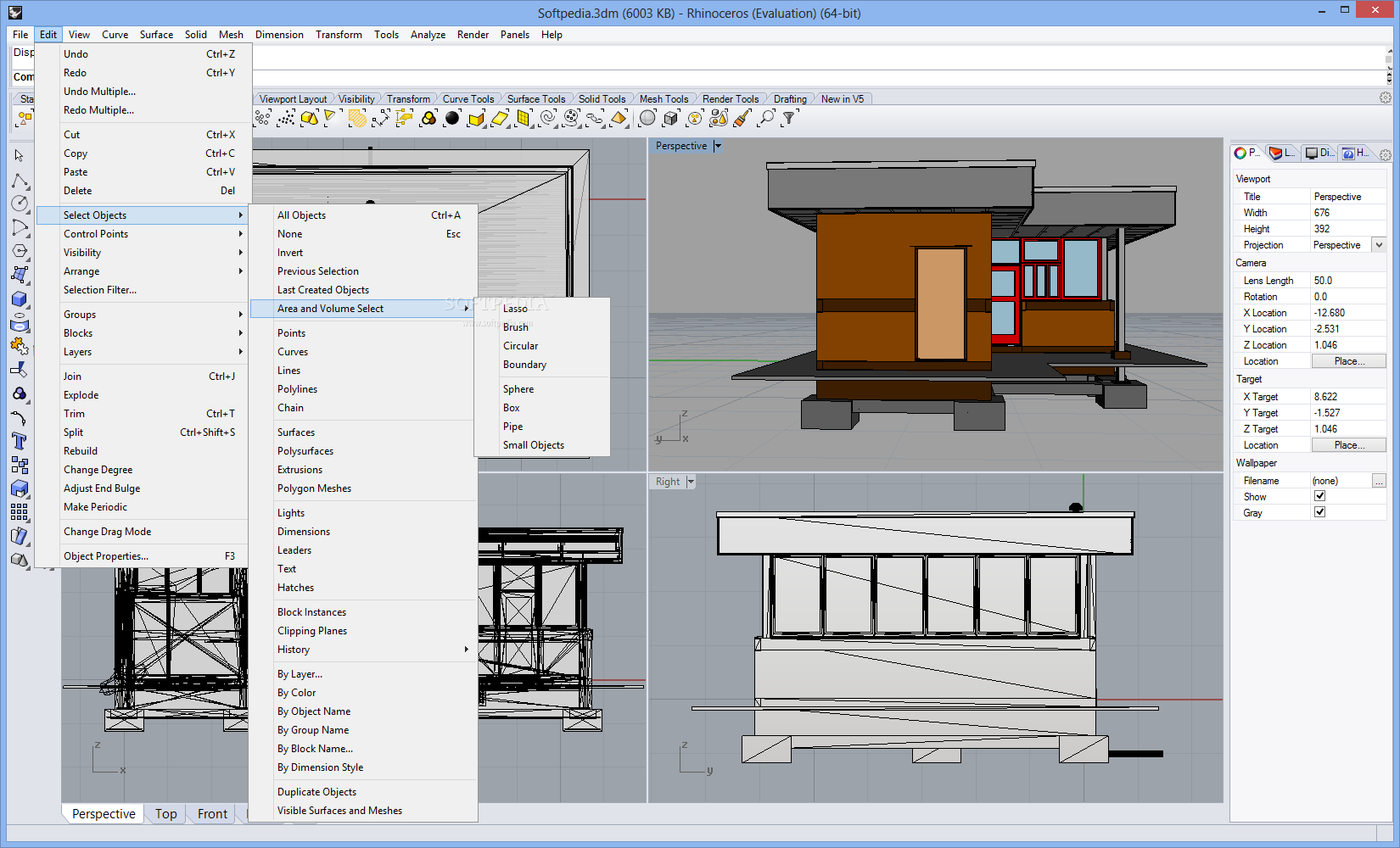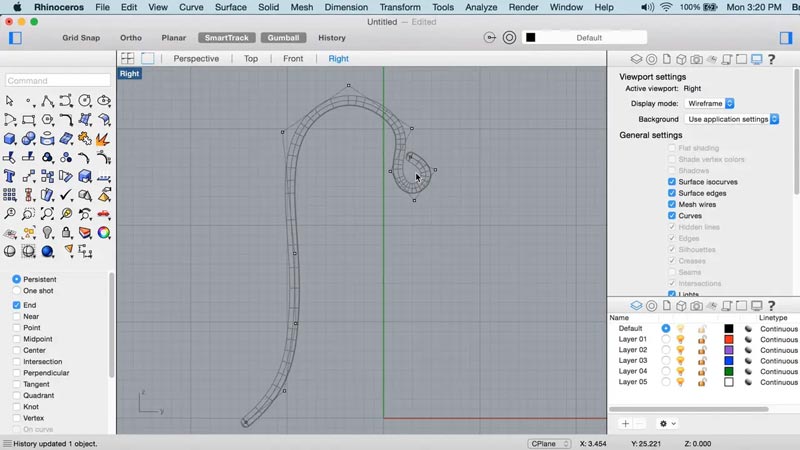


I don’t want to run 2 separate analyses because then I would have to combine both in excel and that is a very lengthy process. Consequently, it is making it impossible for me to select two floors that I want in my analysis.

But because they are listed in a very odd sequence, I am unable to select 2 floors together without selecting two more floor levels. Initially I used to press shift and select multiple floors that I wanted to run my analysis on. I want to run analysis on ground and first floor together but the Floors not shown in the sequence I want while running the analysis. I am trying to run a Daylight Factor Analysis using Revit 2021 and my project has 5 different levels. I have a question realted to an issue that I am facing. Thank you so much for the detailed information.

But ultimately, I still recommend using Grasshopper and Ladybug for all solar access analysis as it is quicker, more economical and most importantly, more accurate. If you are a part of a large organisation and have access to cheaper cloud credits, than the price might play less of a factor in your decision to adopt Insight. Given that most analyses will need to be run multiple times due to design changes, the costs can quickly add up. For a model with 200 apartments, a single run may cost 200+ credits, the equivalent of over A$300. The default cost for cloud credits in Australia is $150/100 credits. The other major downside to Insight is the cost. Large projects could take several hours to run. The process is very slow – Slow to upload your Revit model, slow to run the study, and slow to visualise the results. Don’t be fooled by ‘cloud-based analysis’ to think that the analysis will be fast. But most importantly, because Insight uses an illuminance-based analysis, it cannot satisfy the requirement of a ‘direct beam radiation from the sun’. The analysis grid can only ever be 12×12 inches, the analysis plane cannot be set in metric, and it is unclear the time step used. There are just too many limitations, assumptions and ways that a user can perform an incorrect analysis. While the results might be close enough for some, I would caution the use of the software for any compliance testing, such as SEPP65 solar access. Insight is a handy tool if you want to stay within the Autodesk ecosystem, but it comes as a cost. For more information on sky models and irradiance values, refer here. Alternatively, you can enable ‘use weather data’ which will use weather data from the closest weather station to your defined location (refer Step 2). You also have the option to specify the sun’s intensity by entering irradiance values: Direct Normal Irradiance (DNI), Diffuse Horizontal Irradiance (DHI), and Global Horizontal Irradiance (GHI). The location or time of day does not matter if you are using a Daylight Factor Sky. This number is the percentage of natural light falling on surfaces compared to that which would have fallen on a completely unobstructed horizontal surface under same sky conditions. When you choose the Daylight Factor Sky, your results will be expressed as a percentage.If you know what kind of sky you will have, or you’re trying to get values for a particular situation (clear or overcast), then it is a good idea to use a CIE model. They provide standard conditions for daylighting applications (Overcast sky, Intermediate sky, Clear sky, and Uniform sky). The CIE models are essentially simplified and standardised instances of the Perez model.It is also the model LEED requires to be used for daylighting predictions. The Perez model yields accurate results for all sky types from clear to fully overcast. The Perez sky model is the most used in daylighting simulation applications and the model most analysts use in Radiance.When defining the sky mode, there are several options: Press the ellipsis beside date/time to bring up the environmental settings.


 0 kommentar(er)
0 kommentar(er)
